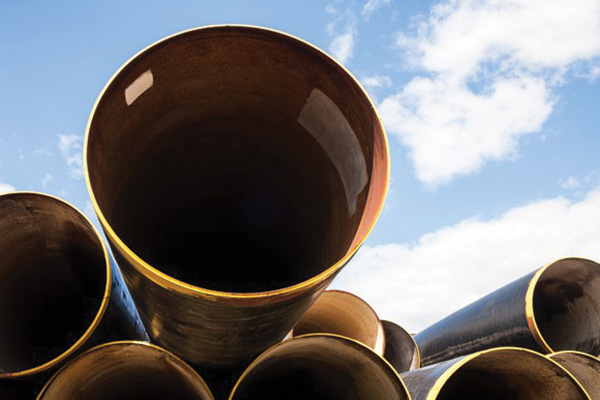EPA Approves First-of-its-Kind Permanent Carbon Sequestration Plan in Permian Basin
(P&GJ) — Stakeholder Midstream has received approval from the U.S. Environmental Protection Agency (EPA) for its monitoring, reporting and verification (MRV) plan for the permanent sequestration of carbon dioxide (CO2) at its Pozo Acido injection well located in the Permian Basin near the Texas-New Mexico border.
This is the first MRV plan approved by the EPA for permanent geologic sequestration of CO2 within the state of Texas that is not associated with enhanced oil recovery operations.
The company’s Pozo Acido well is located adjacent to the Kinder Morgan Cortez pipeline, which spans three states and is capable of transporting 1.5 billion cubic feet of CO2 per day. Other major CO2 transport lines in immediate proximity include the Occidental Petroleum Bravo and Sheep Mountain pipelines, Kinder Morgan Central Basin pipeline and Trinity CO2 pipelines.
The very close proximity of these pre-existing CO2 transportation options to Stakeholder’s CCS infrastructure creates opportunity for Stakeholder to service third-party carbon sequestration customers in and beyond the Permian Basin.
Stakeholder’s MRV plan documents how the company will ensure permanent carbon capture and storage (CCS) of CO2 in the Pozo Acido well from natural gas that is processed and treated at Stakeholder’s Campo Viejo gas plant.
The MRV approval, in conjunction with meeting other statutory requirements, will allow Stakeholder and other parties who contract to permanently sequester CO2 in the Pozo Acido injection well, to qualify for 45Q tax credits, further facilitating the growing movement toward more responsible energy production. Stakeholder is currently developing the final phases of its carbon capture equipment buildout with plans to install additional facilities in 2023.
Stakeholder’s Pozo Acido well is a state-of-the-art injection well designed to permanently sequester CO2 by injecting the greenhouse gas into the Devonian formation more than two miles below surface and 10,000 feet below the water table. Stakeholder operates two permanent sequestration wells responsible for the secure geologic storage of more than 85,000 metric tons per year of carbon dioxide. This effort is equivalent to eliminating the carbon emissions of 11,000 U.S. households or removing 18,000 internal combustion vehicles from the road.
“Carbon and emissions management is an integral focus and business segment for our company,” Brett Baker, Stakeholder Midstream’s chief commercial officer, said. “We believe that by offering these services to third parties, including other gas processing plants in the Permian region and beyond, we can provide an environmentally responsible solution for CO2 emitters to reduce the carbon intensity of their oil and gas operations and to meet their ESG goals.”
Related News
Related News

- Keystone Oil Pipeline Resumes Operations After Temporary Shutdown
- Freeport LNG Plant Runs Near Zero Consumption for Fifth Day
- Biden Administration Buys Oil for Emergency Reserve Above Target Price
- Mexico Seizes Air Liquide's Hydrogen Plant at Pemex Refinery
- Enbridge to Invest $500 Million in Pipeline Assets, Including Expansion of 850-Mile Gray Oak Pipeline
- Enbridge Receives Approval to Begin Service on Louisiana Venice Gas Pipeline Project
- U.S. to Acquire 3 Million Barrels of Oil for Emergency Reserve in September
- AG&P LNG Acquires 49% Stake in Vietnam's Cai Mep LNG Terminal
- BP's Carbon Emissions Increase in 2023, Ending Decline Since 2019
- Texas Sues EPA Over Methane Emission Rules for Oil and Gas Sector





Comments